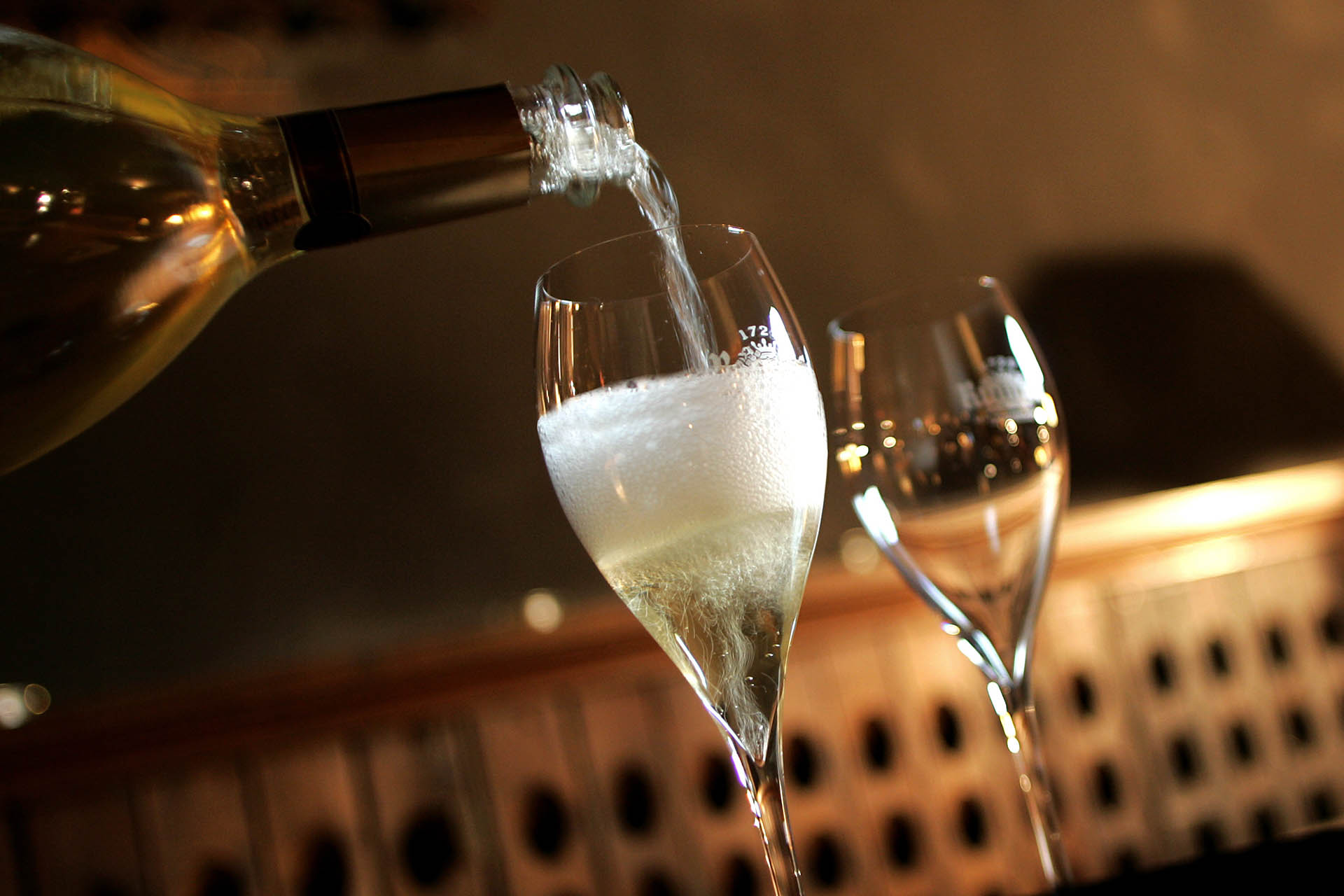In 2014, Louis Roederer launched its inaugural zero dosage vintage cuvée – Louis Roederer Brut Nature 2006. Wine geeks rejoiced; it was an opportunity to experience vintage Champagne in its purest form. No reserves, no dosage wine from the previous harvest. And most of all, no sugar.
I didn’t realize this at the time, but many of the top houses release vintage Champagne which contains a small element of sweetened reserves. The label may proclaim 2008, but the winemaker is entitled to add dosage wine from previous harvests. Even if the older wine makes up less than 1 percent of the total volume of the bottle, these reserves do have an impact on your flute of 2008 Grande Année. In that sense, true vintage expressions are a relatively rare phenomenon.
This has been the standard practice for generations. The Champenoise, like all winemakers, overuse the word “balance” to the point of criminality. They love balance more than they adore their mistresses. There is rarely a consensus among growers and Grandes Marques, but most agree that dosage has historically been important in producing balanced sparkling wine. It rounded out the high acidity that came naturally to Champagne, adding all-important complexity and mouthfeel. Sugar was the secret weapon of the Champenoise. In weak vintages, they grabbed a tonne of the stuff. It was their knight in white armor – a reprieve from the vagaries of an often rain-soaked climate.
more on wine-searcher.com




